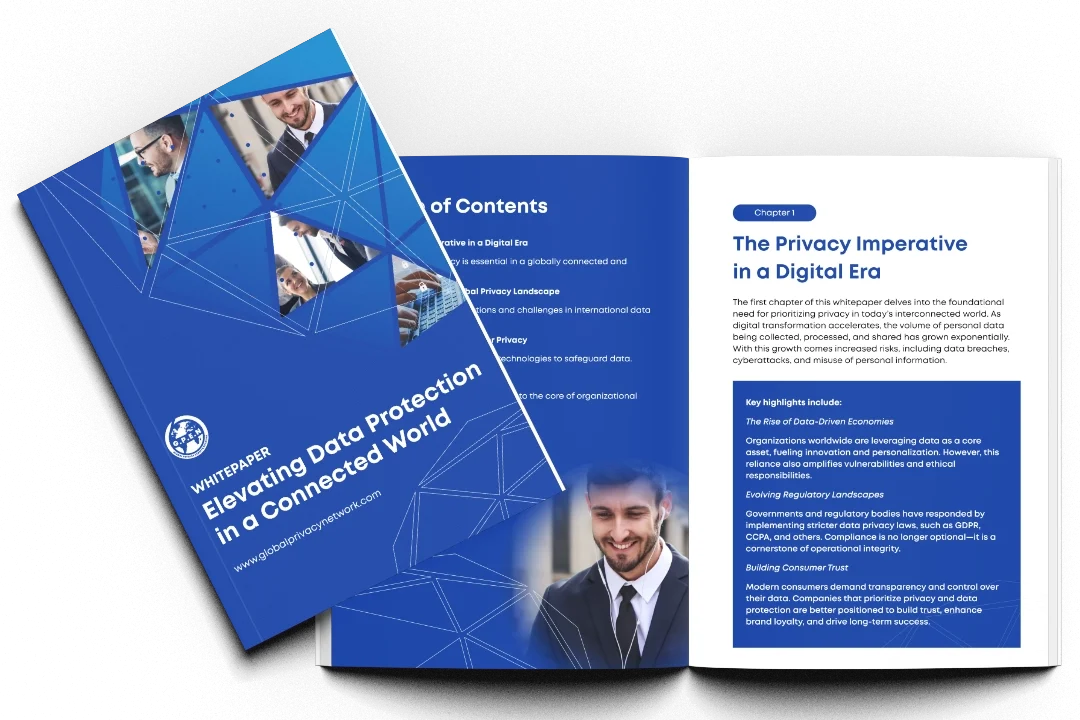Understanding Recent DSAR Enforcement Trends
Notable DSAR Enforcement Actions and Their Impact
Regulators worldwide have been actively enforcing DSAR compliance, with several high-profile cases setting precedents. Some key takeaways from recent enforcement actions include:
- GDPR Fines for Delayed Responses: Organizations that fail to respond within the legally mandated timeframe have faced significant penalties. In 2023, a major tech company was fined €5 million for excessive delays in fulfilling DSARs.
- Incomplete Data Disclosure Penalties: Regulators have penalized businesses that provided incomplete or misleading responses, emphasizing the need for transparency.
- Failure to Authenticate Requesters: Companies that failed to verify the identity of DSAR requesters have been flagged for potential data breaches.
Key Compliance Challenges Highlighted by Regulators
Regulatory bodies have outlined common pitfalls in DSAR handling, including:
- Lack of a structured response process leading to inconsistent handling.
- Failure to track DSAR requests, resulting in non-compliance.
- Inadequate staff training on DSAR obligations and procedures.
Best Practices for Efficient DSAR Handling
Establishing a Clear DSAR Policy and Process
A well-defined DSAR response policy ensures consistency and compliance. Key steps include:
- Define Clear Roles and Responsibilities: Assign a dedicated data protection officer (DPO) or compliance team to oversee DSARs.
- Set Up an Internal DSAR Workflow: Implement a step-by-step process from request receipt to response completion.
- Use DSAR Tracking Tools: Leverage automation and tracking software to manage requests efficiently and maintain compliance logs.
Meeting Legal Timeframes and Communication Best Practices
Timeliness is crucial for compliance, with most regulations requiring responses within 30 days. Best practices include:
- Acknowledging Requests Promptly: Send an immediate confirmation email upon receipt.
- Providing Regular Updates: If delays occur, notify the requester with a valid reason and expected resolution time.
- Offering Data in an Accessible Format: Ensure responses are structured and easy to understand, avoiding unnecessary legal jargon.
Enhancing Data Security and Verification Measures
Implementing Robust Identity Verification Protocols
Verifying a requester’s identity prevents unauthorized data disclosures. Effective strategies include:
- Multi-Factor Authentication (MFA): Require requesters to authenticate via secure methods such as email verification and government-issued IDs.
- Cross-Checking with Internal Records: Validate requests against internal data to prevent fraudulent submissions.
Protecting Sensitive Data During DSAR Fulfillment
Ensuring secure data handling during DSAR processing minimizes the risk of data leaks. Best practices include:
- Data Minimization Principles: Share only the required information to fulfill the request.
- Secure Data Transmission: Encrypt files and use secure transfer channels to prevent interception.
- Internal Review Before Disclosure: Implement a review process to redact confidential or legally exempt information.


